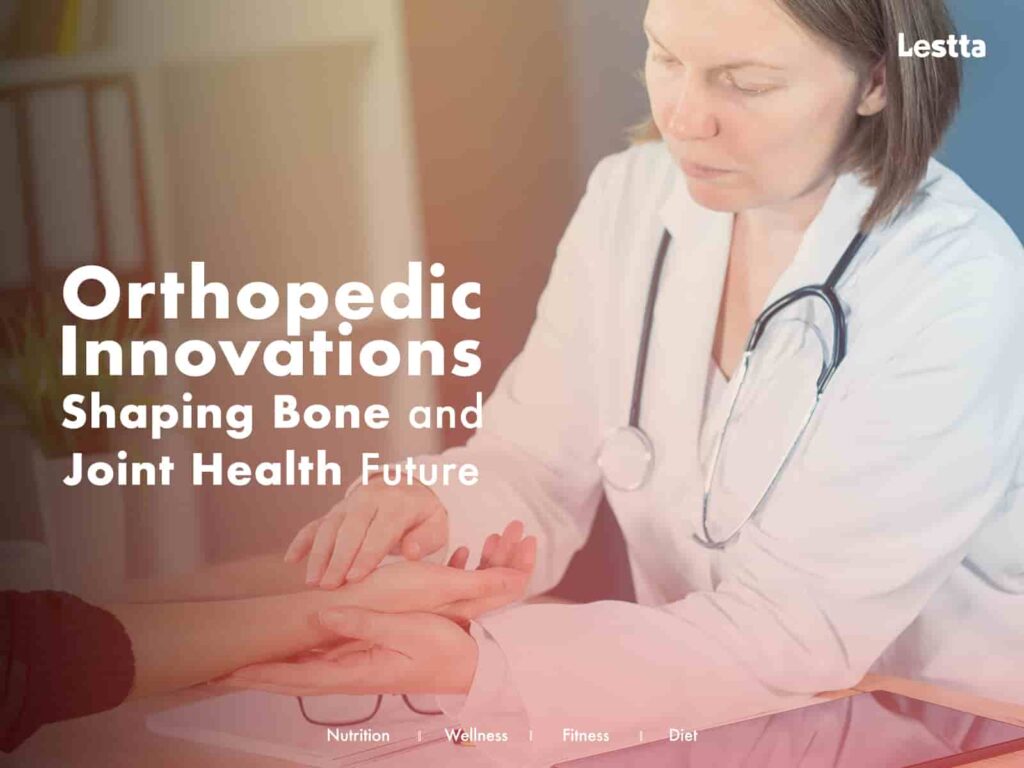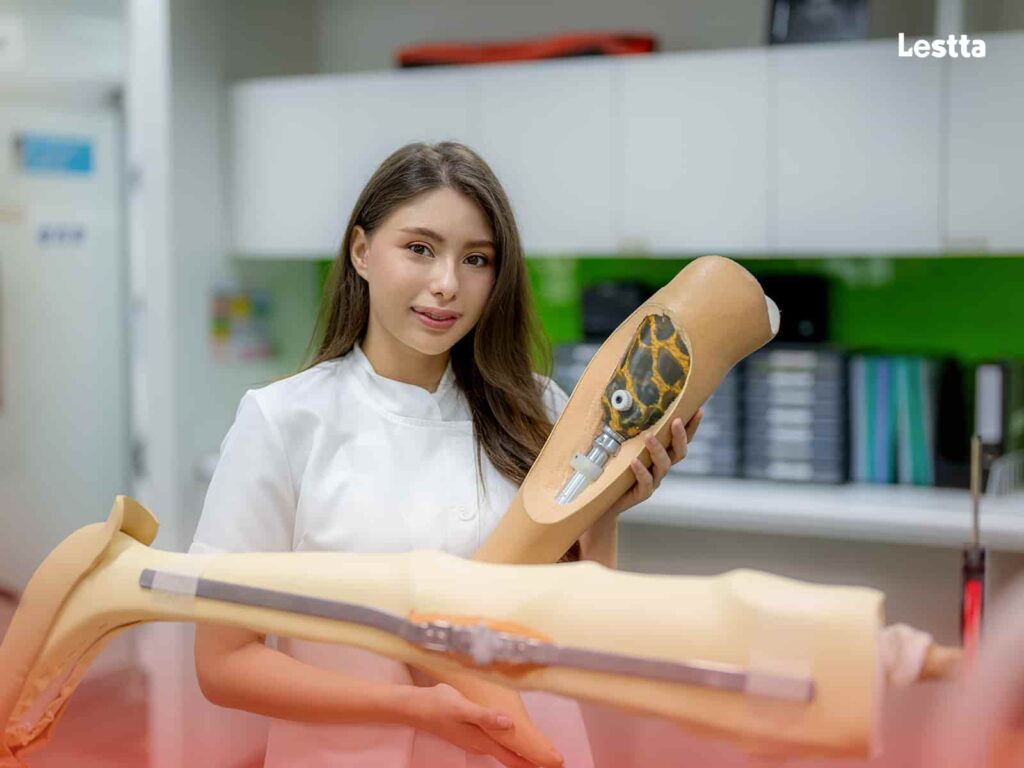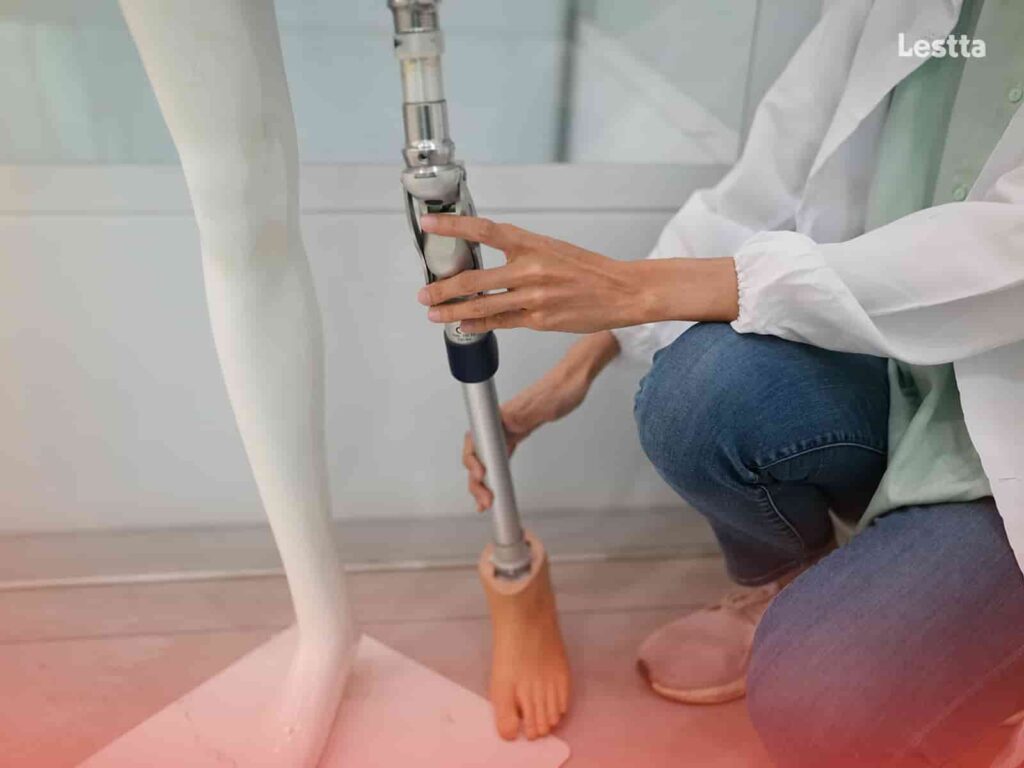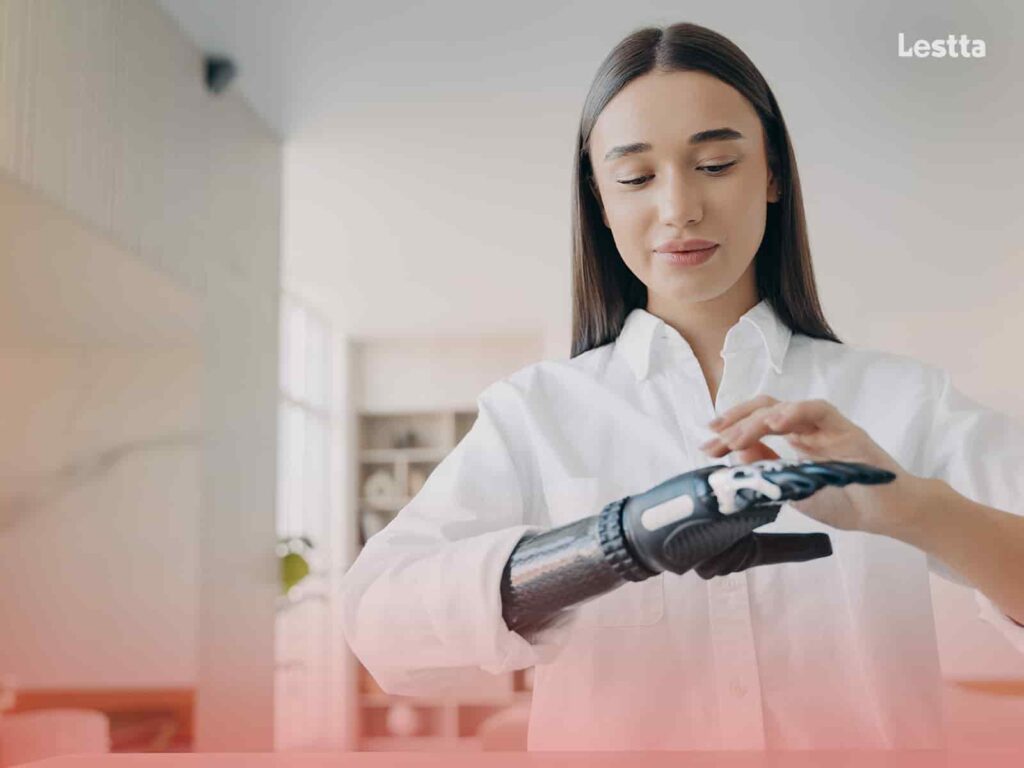
In the realm of medical advancements, few fields have witnessed as many groundbreaking developments as orthopedics. From ancient times, orthopedic innovations have been pivotal in improving the quality of life for countless individuals.
1. Orthopedic Innovations: A Transformative Journey

The journey of orthopedic innovations has been marked by a series of paradigm shifts. Historically, the focus was primarily on treating fractures and correcting deformities.
However, with advancements in medical imaging techniques like X-rays, MRI, and CT scans, orthopedic specialists can now visualize intricate bone structures and joint mechanics with unprecedented clarity. This has paved the way for accurate diagnoses and personalized treatment plans.
One remarkable facet of orthopedic innovations lies in the realm of regenerative medicine. Stem cell therapies and tissue engineering techniques are revolutionizing the way we approach orthopedic injuries.
These groundbreaking approaches harness the body’s innate healing potential to repair damaged tissues, leading to faster recovery times and reduced risk of complications. Such methods are not only transforming the treatment landscape but are also opening doors to non-invasive interventions that were once thought impossible.
2. Minimally Invasive Procedures: Redefining Orthopedic Care

The advent of minimally invasive procedures is another hallmark of orthopedic innovations. Traditional open surgeries often involved large incisions, extended hospital stays, and prolonged recovery periods. In contrast, minimally invasive techniques, such as arthroscopy, have changed the game entirely.
Through tiny incisions and specialized tools, orthopedic surgeons can now access and repair complex joint issues with remarkable precision. This translates to shorter hospital stays, reduced postoperative pain, and quicker return to normal activities.
Innovations like robotic-assisted surgeries have further elevated the precision and success rates of orthopedic procedures. Surgeons can now pre-plan surgeries using advanced imaging and simulation tools, allowing them to navigate the surgical site with unmatched accuracy.
This level of precision minimizes the margin for error, leading to better patient outcomes and enhanced long-term joint health.
3. Implants and Prosthetics: Merging Biology with Engineering

Orthopedic innovations have also profoundly impacted the realm of implants and prosthetics. Traditional joint replacements were often limited in terms of material durability and longevity.
However, modern materials like titanium and advanced ceramics are now used to create implants that mimic the natural structure and function of bones and joints.
Moreover, the integration of technology and orthopedics has given rise to “smart implants.” These implants can monitor the surrounding physiological conditions and provide real-time data to both patients and healthcare providers.
This data-driven approach enables early detection of potential complications and facilitates timely interventions, enhancing patient safety and reducing the need for frequent check-ups.
4. The Road Ahead: Pioneering Orthopedic Health

Looking ahead, the trajectory of orthopedic innovations seems poised for even greater advancements. With the integration of artificial intelligence and machine learning, orthopedic specialists can analyze vast amounts of patient data to develop personalized treatment plans.
These data-driven insights can predict disease progression, optimize rehabilitation strategies, and minimize the likelihood of postoperative complications.
Conclusion
The landscape of orthopedic innovations is rapidly evolving, reshaping the way we approach bone and joint health. As technology continues to intersect with medicine, the future of orthopedics holds the promise of even more sophisticated solutions that will revolutionize how we care for our musculoskeletal system.








